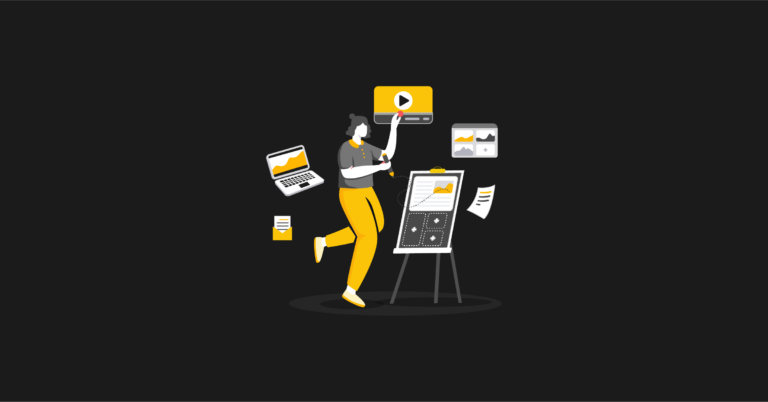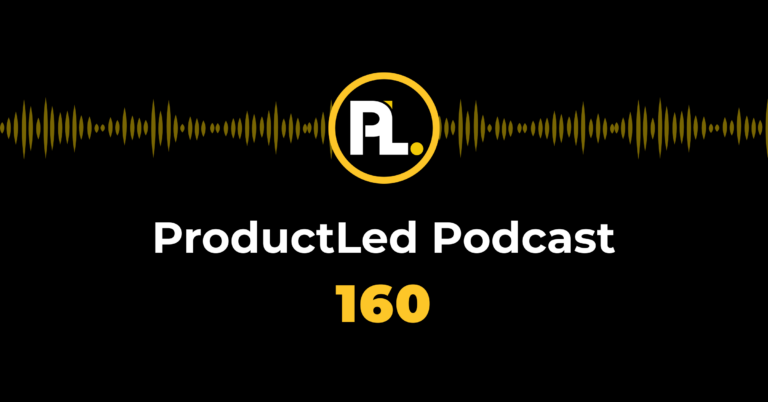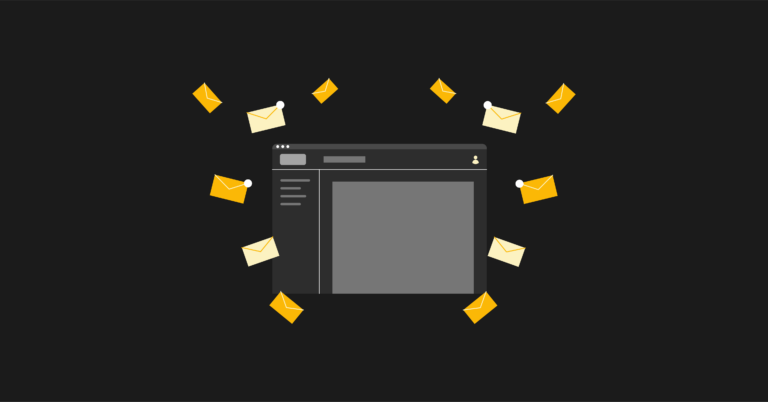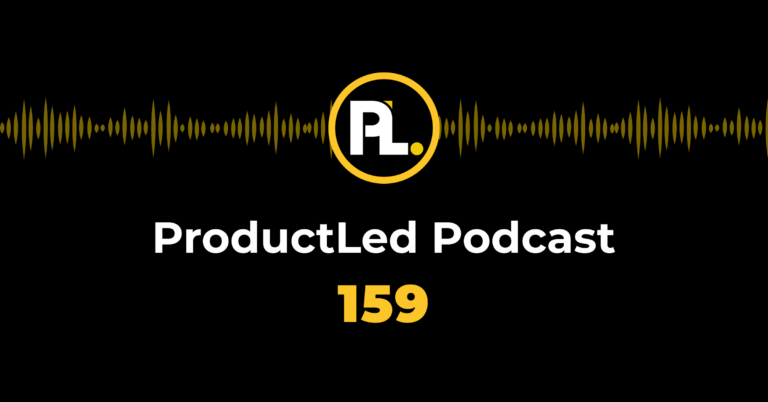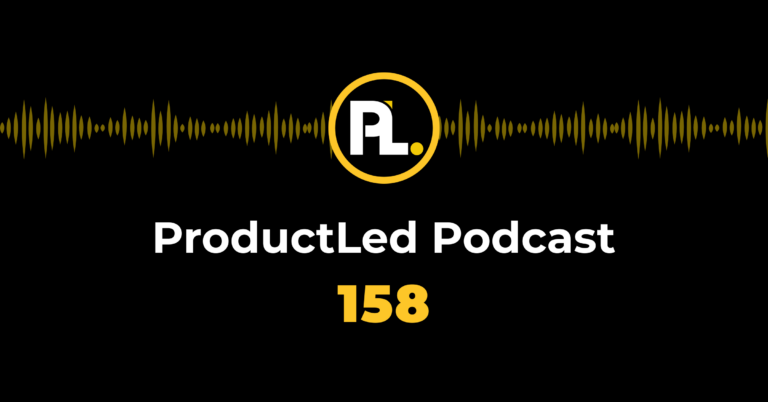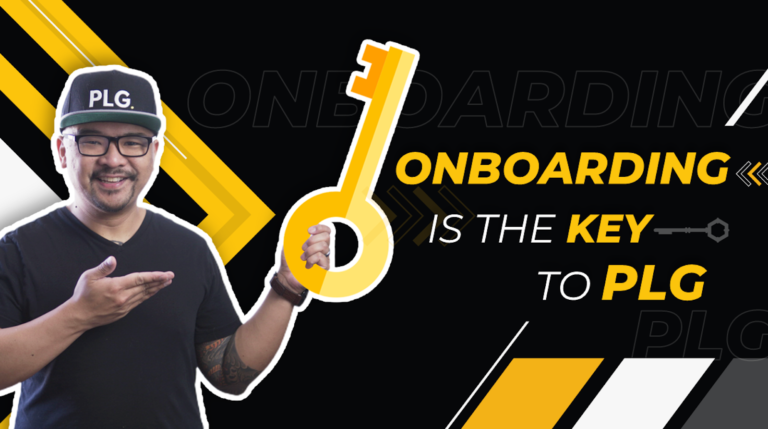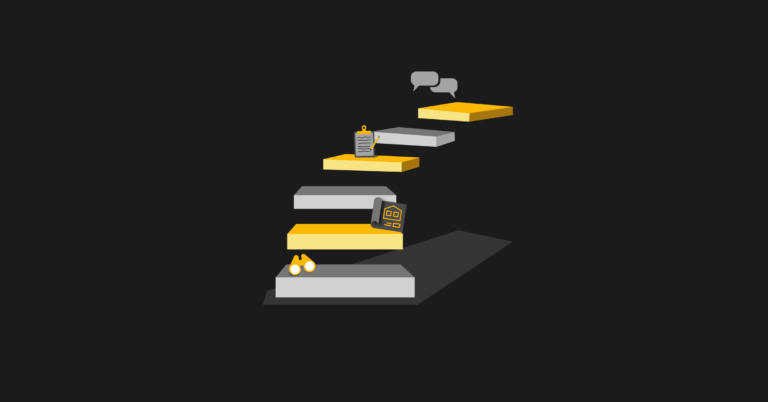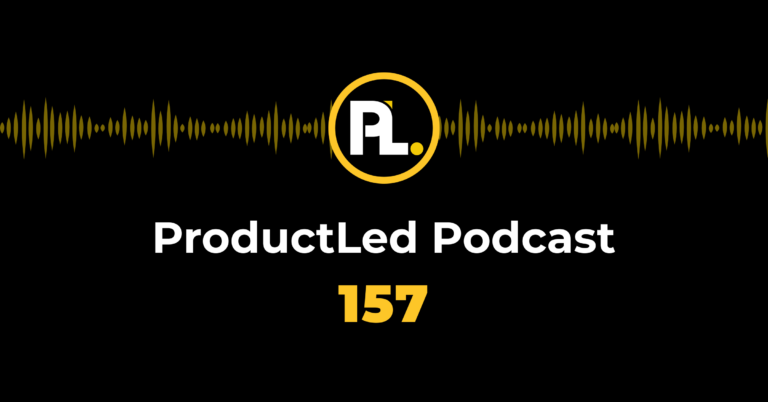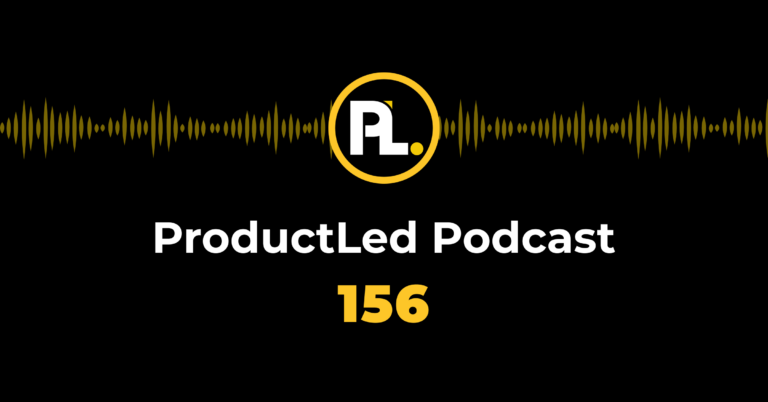The 3 Biggest Customer Activation Mistakes & How to Avoid Them
Mistake #1: Pushing New Users Toward Advanced Features and Use Cases Too Fast
Solution: Design Your Onboarding Flow Around Your Users’ Immediate Problems
It wasn’t for users to try Facebook groups, Facebook marketplace, and post 10 times a week. Just get 7 friends in 10 days. Besides being easy to track, this simplicity made the goal actionable, like a rallying cry that everyone on the team can get behind.
Mistake #2: Confusing Onboarding and Configuration
Like the previous mistake, this one also stems from the conflict between the product team’s point of view and the users’ goals.
Many teams define onboarding as the process of setting up your user profile and connecting all the data inputs — like connecting all your bank accounts to a finance app.
But this isn’t onboarding. It’s configuration. Users can get the app completely configured and still see no value in using it. Conversely, they can often solve an immediate problem with only 20 or 30% of an app’s capabilities. In the realm of cloud consulting, understanding the unique needs and goals of each client is paramount to delivering effective solutions.
Forcing every user to go through the full configuration before achieving a goal is a mistake that can lead to high churn.
Mistaking configuration for onboarding can also lead you to choose an incorrect activation milestone, such as a user completing configuration. When that happens, you can’t measure activation accurately, as you’re not tracking a moment that brings value to your customers or correlates with long-term retention (which undermines the whole idea behind measuring activation).
Solution: Find Out How Much Setup is Required for Users to Complete a Goal or Solve a Problem
Like the previous solution, this one’s also fairly simple: You need to understand how much configuration users need to go through to achieve their goal. The remainder can be pushed later in your journey when customers are already hooked on your product.
Take Ghost as an example. Ghost is an app that lets you build a business around your content by creating a site, publishing articles, sending newsletters, and offering paid subscriptions. In short, it offers tons of features for publishers.
However, when you’re just getting started, you only need to select a theme, name your site, and create a blog post.
These three simple tasks allow users to see how easy it is to create a site and publish a post, without overwhelming them. The complex stuff — like changing the site’s layout, setting up newsletters, and offering paid subscriptions — is done later on.
Mistake #3: Requiring User to Complete Complex, One-Time Setup Tasks
Product and marketing teams often try to educate users on how to do complex, one-time setup tasks. In theory, this sounds okay. It’s fairly simple to write a detailed article or, even better, produce a video that guides users through the setup task.
But no matter how good your educational materials are, a complicated setup task will always be a source of friction that stops some percentage of your users from activating. And if it’s a one-time setup task, learning how to do the task won’t provide any value to your users because it won’t help them learn how to use your product.
Solution: Solve One-Time Setup Tasks for Users or Put Them Later in Their Journey
The best way to avoid this issue is to solve the complex, one-time setup tasks for your users. Some product teams use in-product tutorials to do this, while others have dedicated onboarding specialists to help users.
However, if you can’t do either of these things, consider moving the friction around by requiring the setup tasks after users reach their “Aha” moment.
Note: This doesn’t mean educational resources aren’t important. They’re crucial but are usually better suited for recurring activities that customers will have to perform when using the product.
How to Analyze and Improve Customer Activation
Now that you know what to avoid, you can start building a customer activation strategy for your business by:
- Analyzing your customer personas, as well as their behaviors and journeys.
- Setting activation milestones correctly.
- Choosing which metrics to track.
Analyze Your Customer Personas, as Well as Their Behaviors and Journeys
As we said, to successfully activate customers, you need to uncover what problems they want to solve with your product.
This usually involves a few different activities:
- Validating and refining your customer personas. Do you really know who your customers are?You likely already have customer personas (semi-fictional representations of your ideal customers, also called buyer personas), but if you’re trying to improve activation, it might be a good idea to make sure they’re accurate. This is especially important if your personas are based on hunches and guesses instead of on customer data. You can use tools like Survicate and Typeform to survey users (offering an incentive to complete your survey usually helps) and also do one-on-one interviews to get the full story behind how and why they use your product.
- Tracking user behavior in your product. Your customers may not be using your product for the reasons you think they are. Analyzing how current customers use your product shows you which features they prefer, how they navigate your onboarding tutorial, and how they go through different flows. As a result, you get to see what they’re actually doing and contrast it with what you believe they’re doing. For example, new users may be using a certain feature much less than you believe, meaning it may be a good idea to remove it from the onboarding tutorial. Product analytics tools like Smartlook and Heap can help you capture and analyze every customer interaction in your product.
- Journey mapping. Journey maps are visual overviews of the processes and touchpoints customers go through to complete a goal. They typically start with a timeline of user actions (some of which may happen outside of your product), followed by ideating on the user’s thoughts, emotions, and goals at each stage. This exercise’s goal is to help you better understand the emotional journey your customers go through to solve their problem and what motivates them at each stage. For more details, the Nielsen Norman Group has a detailed article on journey mapping.
Set Activation Milestones
The next step is to create activation milestone(s), which users have to reach to be considered activated.
You can actually have different milestones for beginner, intermediate, and advanced use cases. However, if you’re just getting started with activation or have trouble defining it properly, it’s usually best to keep things simple.
As the Facebook example showed, the simplest activation milestones can produce the best results.
Start with a milestone that’s:
- Tied to the value users receive from your product (i.e. the “Aha” moment).
- Easily understandable and quantifiable (e.g. Facebook’s 7 friends in 10 days).
- Correlated to long-term retention. Users who reach the milestone should stick around longer than those who don’t. If that’s not the case, the activation milestone is not defined properly.
Another example that shares all of these characteristics is Slack’s 2,000 messages milestone. In an interview, their CEO explained that the “magic number” for Slack was 2,000 messages — 93% of customers who reach that threshold remain customers in the long run.
Understand Activation Metrics
There are a few key metrics that product teams track when evaluating activation:
- Retention rate: As we said, activation should be predictive of long-term retention. This means retention rate is always a key factor when evaluating activation efforts.
- Activation rate: This is the percentage of all users who sign up and reach your activation milestone.
- Time-to-value: This metric shows how long it takes on average for users to reach an activation milestone after they start using your product.
Time-to-value is usually the primary metric that product teams look at. However, it’s far from a perfect indicator for your activation efforts. In fact, time-to-value isn’t indicative of activation success or customer engagement because it doesn’t help you analyze or understand why your activation efforts may be underperforming.
That’s why activation velocity is usually a better user activation metric for product teams. Activation velocity shows how a cohort of users activates over time.
For example, of the 100 users who signed up in January, 25% activated by the end of Week Two (January 14), and 65% activated by the end of Week Four (January 28).
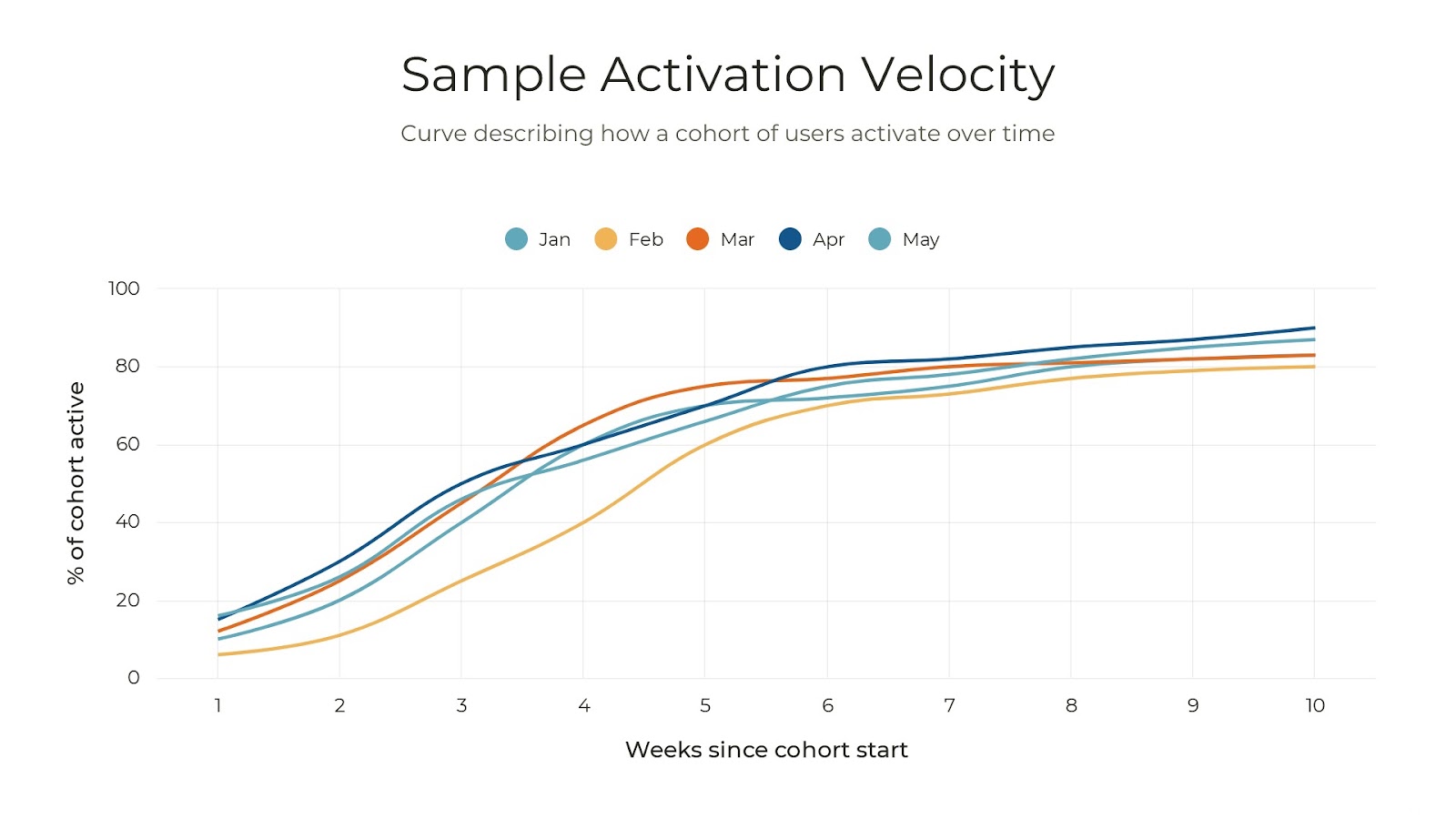
The screenshot above shows an activation velocity chart with five different user cohorts and how they activate over time. Visualizing activation like this has a few key benefits:
- It shows that not all users are created equal, which is a nuance that time-to-value fails to capture.
- It lets you see where your cohorts have the most momentum (the steepest part of each curve).
- It helps you detect how cohorts are performing early in their journey, instead of waiting weeks or months to learn their average time-to-value.
For more details on this topic, check out our detailed article on activation velocity.
7 Simple Customer Activation Tactics to Try
In this section, we’re going to walk you through seven activation tactics. Before we dive in, note that some (like #1) are specific to new users in the onboarding phase, while others (like #5) can be used at every stage of the customer lifecycle.
1. Design a Simple Onboarding Tutorial (or Remove Friction from Your Current One)
Onboarding tutorials, like the example from Vidyard below, are a classic way to get users to an activation milestone. However, if they don’t lead to a meaningful outcome, they become unnecessary friction in the customer journey.
If you don’t have an onboarding tutorial yet, consider adding one, if you think it will help guide users to their goal faster. Again, focus on helping users solve an immediate problem as quickly and efficiently as possible.
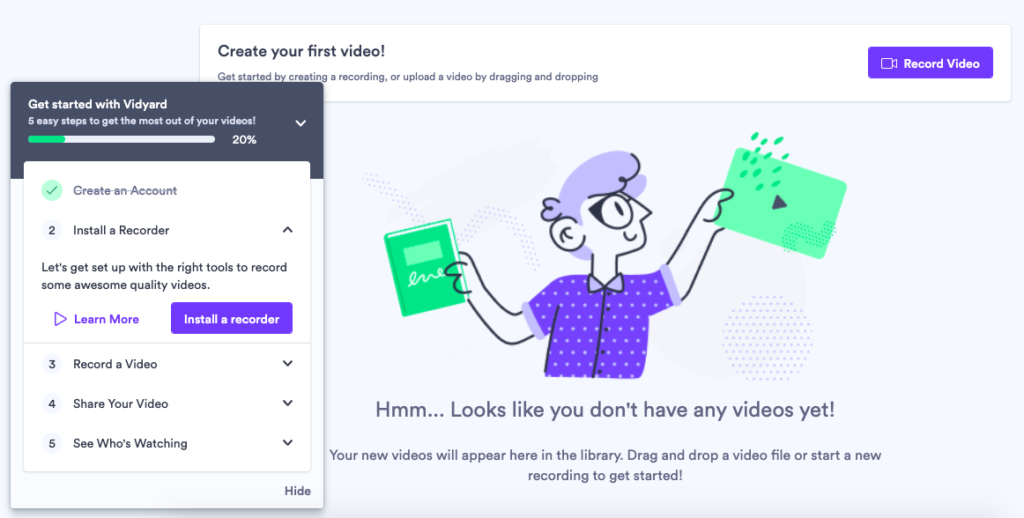
If you already have an onboarding tutorial, you can analyze completion rates and drop-offs with a tool like Mixpanel. This will show you where users struggle, so you can rework or remove the steps that cause friction.
Note: In our product-led growth training program, we actually have an entire week dedicated to helping you analyze and improve your onboarding sequence.
2. Use a Human Touch to Get People Over the Line
The customer journey doesn’t have to happen only through the product itself. In fact, many customers want to talk to another person before getting to an activation milestone.
Even if you have a self-serve onboarding model, you can still add a human touch to the user experience by:
- Adding live chat to your product (with a tool like Intercom), so your customer support or onboarding teams can assist people in real-time. However, many companies don’t have the bandwidth to offer real-time support to everyone, so if this isn’t an option, try the next suggestion.
- Using product analytics to identify customers who are struggling to reach an activation milestone and having your team reach out to them directly. That way, you can prioritize your efforts, instead of offering real-time support to everyone by default.
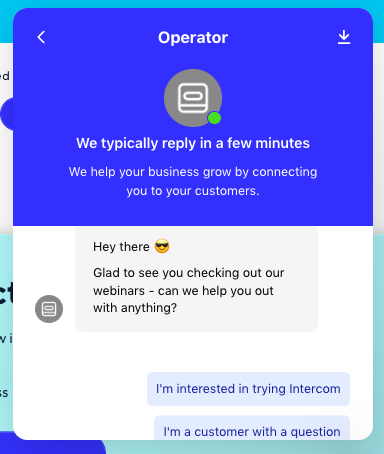
3. Offer Incentives for Reaching Activation Milestones
Many online businesses, especially in the ecommerce space, use incentives to get new customers activated faster. For example, an ecommerce store that considers customers activated after their third purchase in a month can offer free shipping or discounts for everyone’s first three purchases.
You can try something similar by implementing a welcome discount for first sales or providing another incentive (like usage credits) for new users. Cloud computing providers like AWS or Microsoft Azure offer free credits for first-time users to get them into their ecosystem.
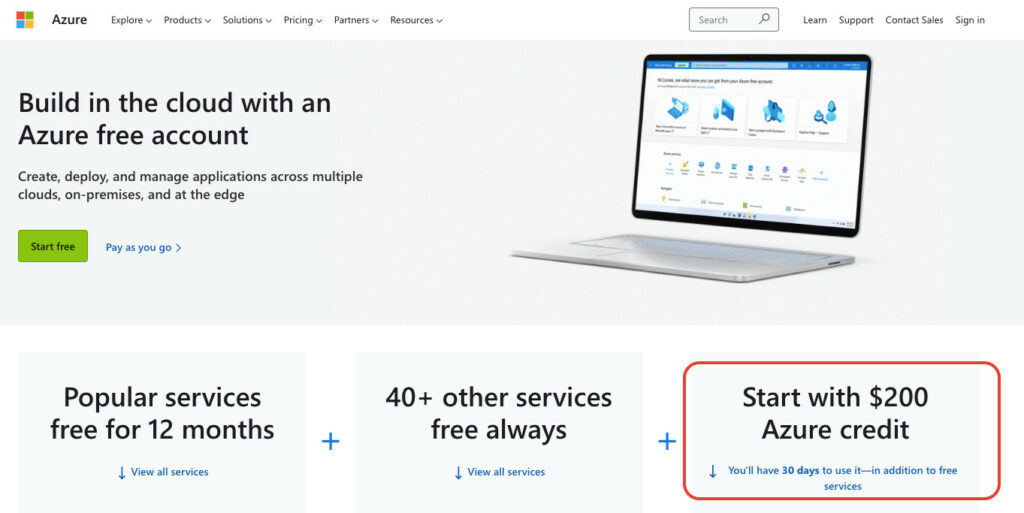
4. Reward Recurring Users
Rewarding consistent usage is a great way to build customer relationships and encourage users to reach advanced activation milestones.
For an ecommerce company, this can mean sending discount codes to repeat customers that have spent a certain dollar amount.
However, rewards don’t necessarily have to be financial. Mobile apps and games often reward loyal customers with badges, ranks, and other social currency that demonstrates how advanced they are. For example, language learning app Duolingo rewards users with badges for being top users of the app.
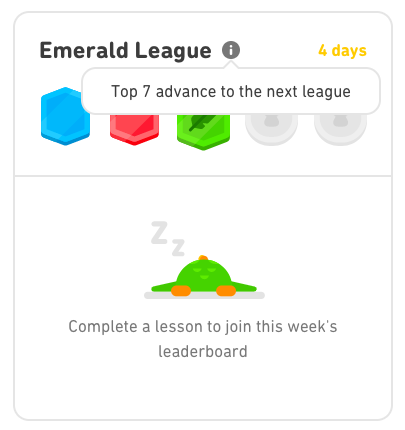
5. Send Welcome and Reactivation Emails
Emails can be an immensely powerful activation weapon.
The simplest way to use them is to send welcome emails to users who just signed up. These can contain information about popular features or the next stage in their journey.
Additionally, you can leverage email automation during the entire customer lifecycle by creating nurture campaigns, sending feature updates, reminding dormant users about your product, and much more.
This case study by Growth Design has a great example of Duolingo applying emails to re-activate users.
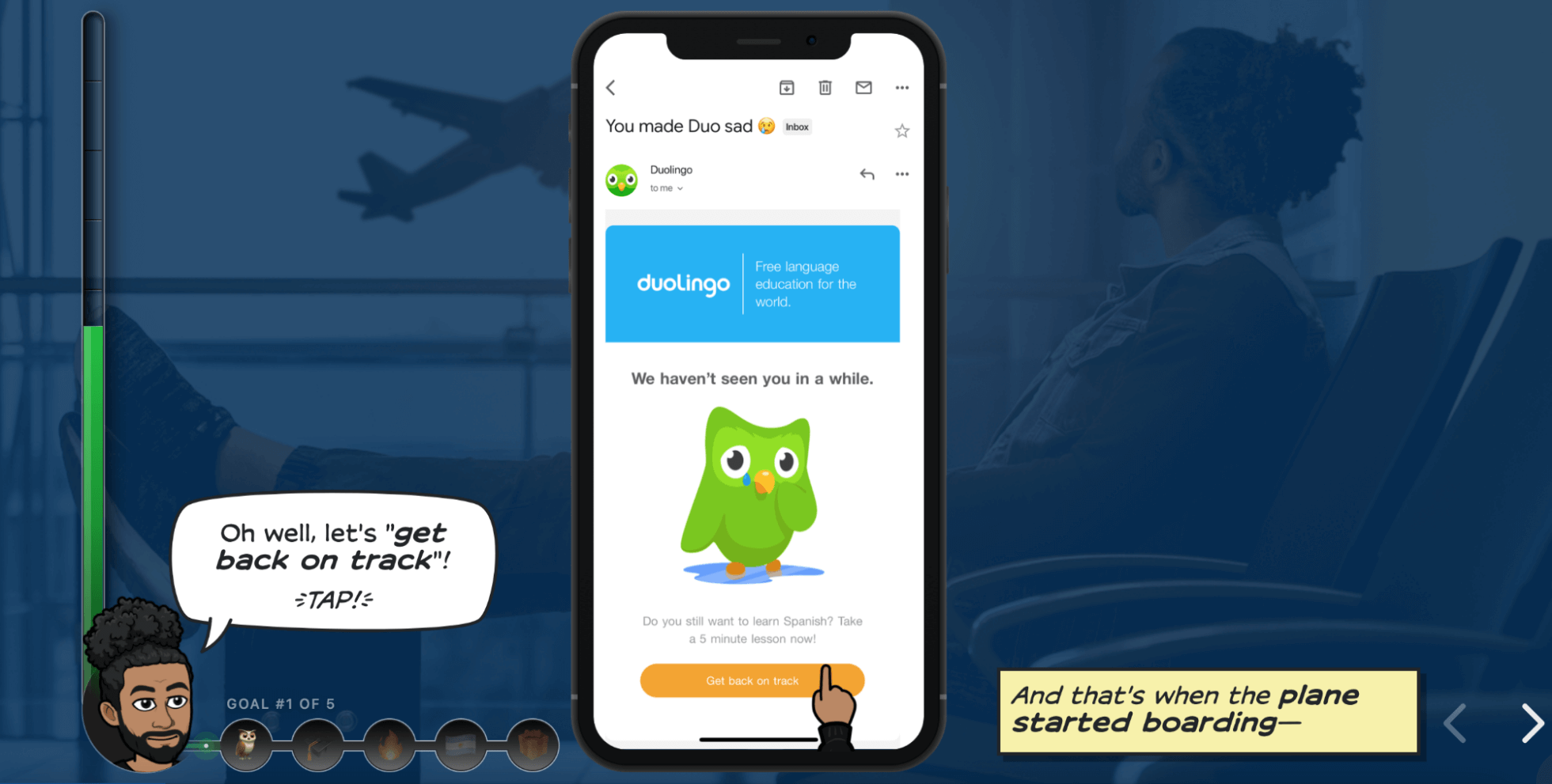
While relatively simple, this tactic requires coordinated efforts between product and marketing teams, since the former knows which users have been active or inactive, while the latter usually designs, sets up, and sends emails to the target audience.
6. Publish Regular Feature Updates
In some cases, customers stop being active simply because the product lacks a feature they need. Sending out regular feature updates can be a super simple way to reactivate them.
For example, let’s look at Airtable — a tool that lets customers store data and optimize workflows. For a long time, Airtable didn’t have a way for customers to build a UI on top of their data and share it with others. This led to the emergence of a whole category of tools specifically for building UIs for Airtable data, like Stacker and Softr.
Recently, Airtable released their Interface Designer — a feature aimed at filling this gap — and sent out an email to their base:
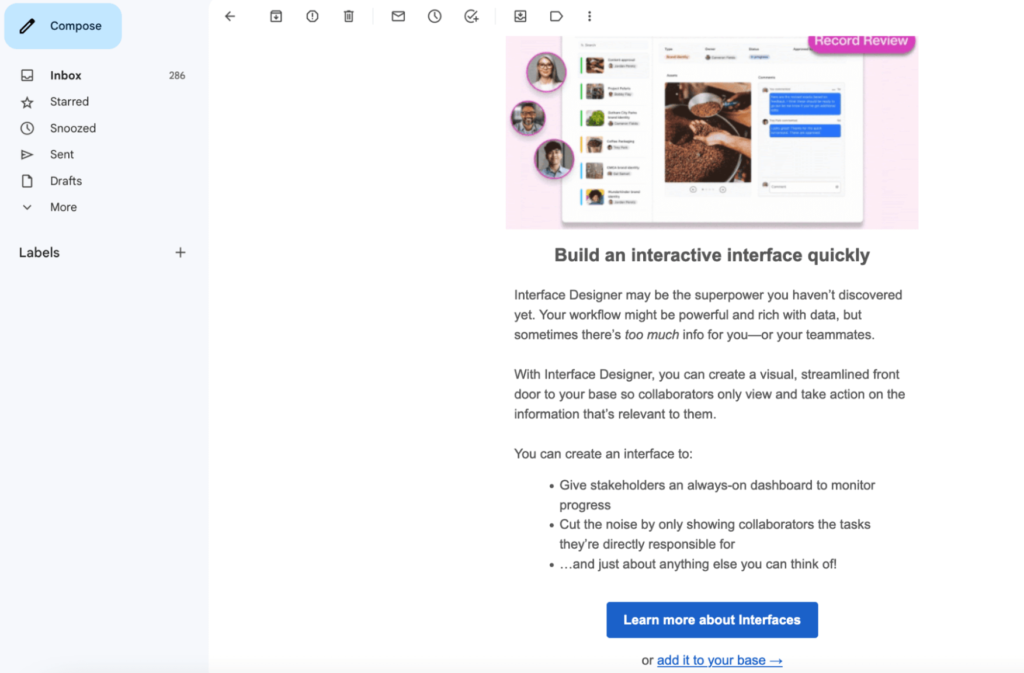
It’s easy to imagine that many previously active customers who have been searching for different tools to build a UI can get reactivated with this super simple email. Airtable’s team has also published blog articles, social media posts, and videos on this topic, so customers who aren’t part of their email base don’t miss out.
7. Publish Product Courses
Products that support many use cases (which is often the case for B2B software) need lots of educational content for different customer segments.
Take Webflow as an example. Webflow lets you build websites without coding. It has many features, which Webflow’s team can’t really explain with an onboarding tutorial. As a result, their various user segments, including freelancers, ecommerce stores, agencies, and many more, need educational resources to help them achieve their goals.
That’s why they’ve created Webflow University, which contains tons of free educational resources, separated by beginner and advanced use cases.
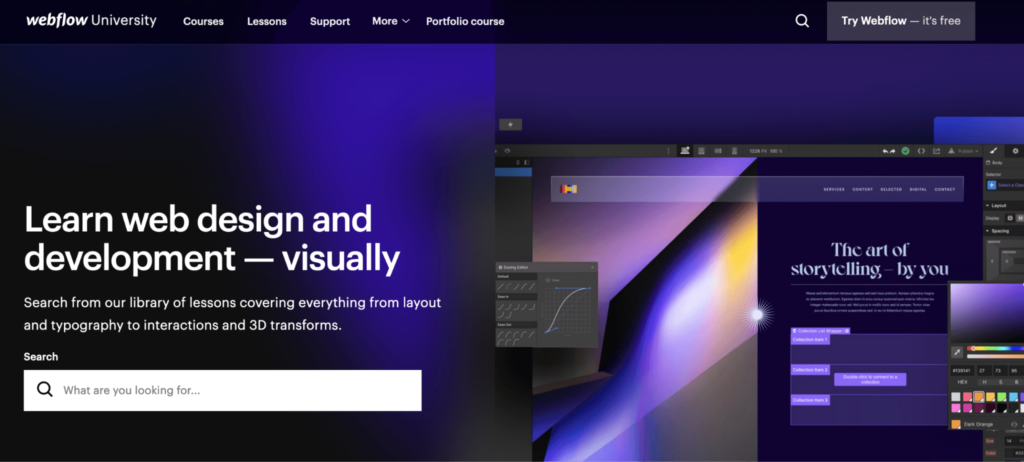
Plus, they have a separate 21-day portfolio course, which covers the basic functionalities, while helping you build a portfolio website.
As with many other user activation tactics, this one also requires coordination between product and content marketing teams to ensure the educational resources are helping customers overcome the specific barriers preventing them from activating.
Build the Right Customer Activation Strategy for Your Business
The ProductLed Accelerator is our live, online program that helps companies build and launch products with a compelling free experience that encourages users to upgrade.
The program is spread across four weeks:
- Week 1: Develop your product-led strategy.
- Week 2: Identify your product-led model (freemium, free trial, or one of three hybrid models.)
- Week 3:Optimize your onboarding sequence so that users reach the core value of your product as quickly as possible, which is critical if you’re trying to improve activation.
- Week 4:Optimize your monetization strategy by finding a way to charge users that aligns with your acquisition model and maximizes upgrades.
Along the way, we provide case studies, decision frameworks, templates, and worksheets to help you put what you learn into action for your business.
We host Zoom workshops every Thursday throughout the program to answer questions and offer feedback. You get access to a private Slack group to connect with your cohort and get advice from industry experts. Plus, you have access to all course materials for a year.
After completing the ProductLed Accelerator Program, companies like Jebbit and Enzuzo have been able to implement product-led growth, acquire new customers, activate them successfully, and increase their revenue.

